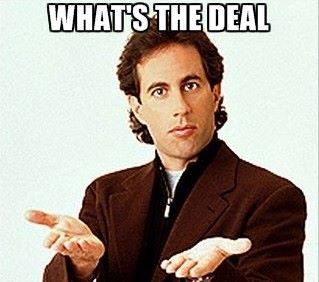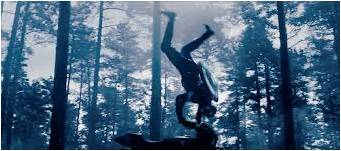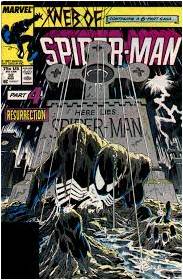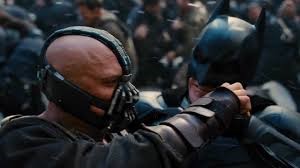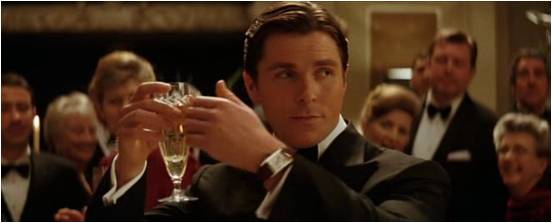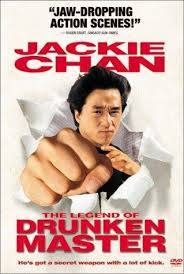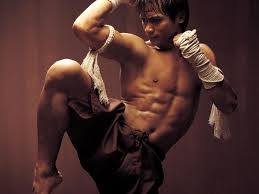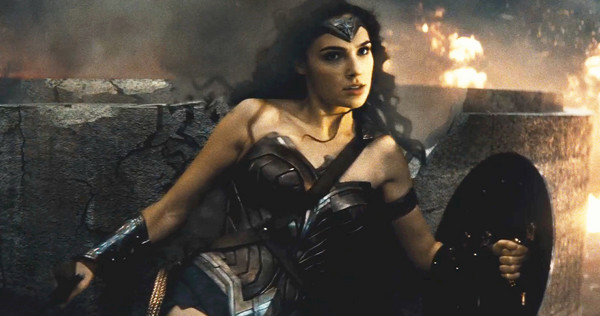
Last week, Batman v Superman was released to mixed reviews. The bad reviews have focused mainly on the choppy plot and overuse of CGI (and rightfully so). But I have noticed that there hasn’t been nearly as much talk about the lack of development of the female characters. I think one of the huge problems with this movie is that Wonder Woman, a very strong and rich character, was not developed or defined, yet she largely contributes to the third act, and her appearances are peppered throughout a lot of the movie. Seeing as how there has recently been a large demand for more prominent female roles in movies, I am surprised there has not been more criticism on this.
If I were a Wonder Woman fan, I would be upset. The trailer leads me to believe that she is going to be part of the center piece to the film. But, the point of her appearance seems to amount to nothing more than DC being able to say, “Look, we have a female superhero!” Bravo, guys! This was done fifty years ago with Batgirl in the 60s Batman show. Not only is Wonder Woman just senselessly in this movie, but also she is as bland as Marvel’s female characters. They act all the same (granted, so do all of the male characters).
It would have been cool if Wonder Woman was a third party contestant. She is out for Superman’s blood because her sister, who moved to Metropolis, died in Superman’s fight with Zod. I would have loved to see her as the main villain of the movie. This would have made for a much juicier role, and would have been one hell of a bold introduction for a decades-old character into the film medium. As it is, though, you are left wondering why Wonder Woman would work with Superman. Wonder Woman, being an ageless Amazonian, would be a perfect tie-in to the first main villain, Vandal Savage (who is also immortal). That said, I think it’s a real shame that such a classic character was sidelined in her introduction.
I felt the same way with Black Widow. It has taken six years to learn anything about her. And I’m not asking for a lot of character development. Black Widow would work just fine as a basic character, but she needs to be more than “I’m a woman who can also fight”. You know who also could fight? The bride in Kill Bill, and she had much more personality. I’m not a fan of the movie, but admit that it is intriguing to see Uma Thurman own the character as the vengeful swords woman. Look at Michelle Yoeh’s character in Supercop. Not only is she awesome as a fighter, but also she is Jackie Chan’s character’s superior, who forgets to enjoy life sometimes. That is simple but effective, unlike more modern, big-budget films.
Batman and Superman have been done to death in films, so I think that starting a DC universe with those two is a very uninteresting move. What would have been interesting is starting the universe with a Wonder Woman solo film; in other words, something we haven’t seen before. If we’re going to be introduced to such a character, I expect to be given a cohesive view of the character, and not just see a faceless fighter for two hours. Sure, WW is not a bonafide box office draw (yet), but neither was Iron Man before 2008. In our pro-diversity climate, DC could have one-upped Marvel by making the first successful solo female superhero movie. Unfortunately, it seems like they were more interested in making the eighth Batman movie.
